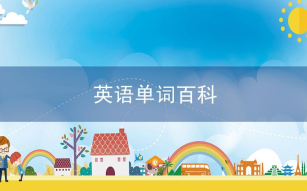In the suburbs of Mongolia’s capital Ulaanbaatar, there's a steady increase in the construction of traditional nomadic Mongolian gers, or yurts. The problem is, these dwellings are never designed for city living.
“The Mongolian ger is an accommodation that amazes the world. A ger is easy to carry and fix. You can't carry a house around,” said Dambadarjaa Vandandorj, former herder.
Dambadarjaa Vandandorj is a former nomad. though now settled, he continues many nomadic traditions like drinking salty milk tea in his prized traditional silver bowl. For centuries, his people have roamed the plains of Mongolia -- relying on a unique tent-style home that Mongolians call a ger.
A typical ger, is a circular single roomed tent supported by wooden latticed frames and lined with felt. Traditionally, gers are seen across Mongolia's vast steppe. But today hundreds of thousands can be seen in the suburbs of the capital, Ulaanbaatar. The problem is, they were never designed for city life.
"I really find it strange to see ger districts in the city. This happened because our city planning went wrong right from the beginning," said Dambadarjaa Vandandorj.
Many of the city's migrants are former nomadic herders who lost their animals over a series of harsh winters. Between 1998 and 2002, more than 11 million livestock - including goats, yaks, horses and cows - died. That left many nomadic families without a livelihood. Desperate, most of them came to the capital.
"When we first came to Ulaanbaatar, we built our ger in my uncle's fence. And we were just hoping that it would work out. It actually did work for us. My wife's sister lives in this ger. They moved from Zavkhan province in 2012. That one is my son-in-law's ger. It used to be completely empty around there," said Dambadarjaa Vandandorj.
But city planners hadn't expected such a huge influx into Ulaanbaatar. As a result, these districts have little to no urban services. Roads are unpaved, there's no public sewage system and no easy access to water. In the past, the government thought the problem could be solved by moving the residents into apartments.
"Moving from a ger to an apartment means a huge improvement to your living environment. Apartments have running cold and hot water. It's very difficult to live in a ger district during the cold winter," said Khandsuren Dorj, ger dweller.
Many like Khandsuren have the same problem - even with subsidized prices, apartments are still too expensive for most ger dwellers. So instead, the government is planning to develop the city around the Ger -districts. Some of the work has started but progress is slow - because Mongolia's extreme climate is a challenge.
"There is a lot of details but in general you have the climate that changes a lot of things because, for example, putting infrastructure in -40 degrees every winter is different from putting infrastructure in a tropical country," said Arnaud Heckmann, project head of ADB.
Most ger-district residents are excited about the government's new policies. They say this plan is more practical than the one that proposed moving them into apartments. Gers have always been a part of the Mongolian identity, and while people long for better infrastructure, many believe the ger will always have its place.
"You can never separate a Mongolian person from the ger. Even the world's development reaches its peak, the Mongolian ger will always be there," said Dambadarjaa Vandandorj.


